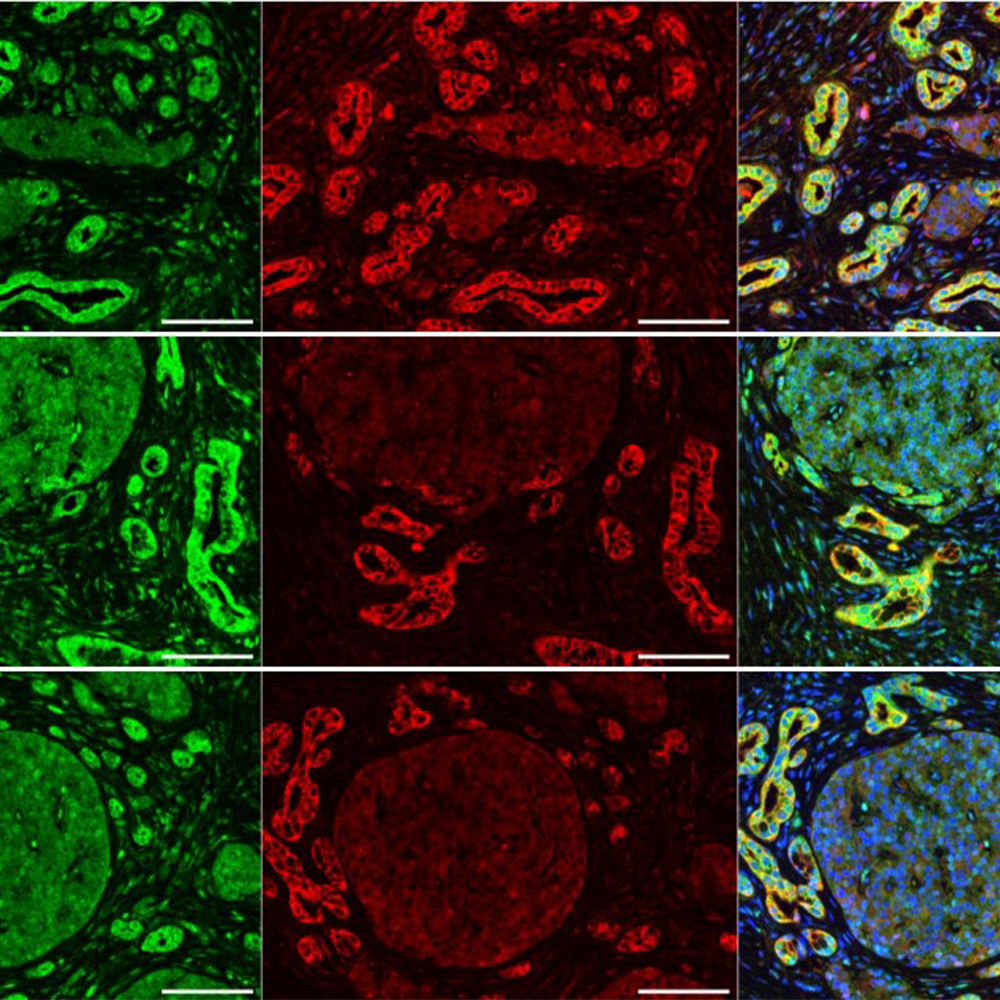Inspired by father's struggle, woman donates kidney to save life of stranger
DALLAS – Feb. 22, 2018 – Susana Margraf’s father grew weary of the dialysis treatments after his kidneys failed. He hoped for a kidney transplant. Instead, tests he took in 2011 turned up prostate cancer – a treatable disease, but one that barred him from qualifying for a transplant.
Ms. Margraf had hoped to be a donor for her father before he passed away in 2013. She thought of the 96,000 Americans waiting for a kidney and all those who die waiting for one.
“I just kept thinking about those numbers over and over,” said Ms. Margraf, a Lewisville resident.
So she decided to do something that fewer than 200 people across the country do in a typical year. Ms. Margraf volunteered to donate one of her kidneys to a stranger – any stranger who needed one.
Recently, Ms. Margraf met the young Amarillo woman who benefitted from her generosity at UT Southwestern Medical Center, where the transplant took place in 2017. Valene Escobedo, 33, tearfully reached out to hug Ms. Margraf as she walked into the room.
“Thank you so much,” Ms. Escobedo told her. “You are like an angel to me.”
Patients like Ms. Escobedo typically have to wait four to five years for a kidney donated by a deceased patient, said surgeon Dr. Malcolm MacConmara, Assistant Professor of Surgery and an organ transplant specialist at UT Southwestern who performed her transplant.
“Unfortunately, in the time it takes to get a deceased donor kidney, many of the people are going to be either dead or are too sick to get a kidney (transplant),” added Dr. Justin Parekh, the UT Southwestern transplant surgeon who removed Ms. Margraf’s donated kidney.
A kidney from a living donor also works better, he said.
“They have fewer complications and they last a lot longer than the deceased kidneys,” said Dr. Parekh, Assistant Professor of Surgery.
Around 5,000 to 6,000 of the 19,000 or so kidneys transplanted each year do come from living donors – mostly from a relative or spouse. It’s rare for someone to do what Ms. Margraf did, giving a kidney to someone she didn’t know.
Like Ms. Margraf’s dad, Ms. Escobedo had found dialysis – the process by which blood is cleaned of impurities usually filtered by kidneys – daunting.
“I was really terrified,” she said of the prospect of being tethered to a dialysis machine. “I had a lot of family members think that I probably wasn’t going to make it.”
Ms. Escobedo had been working toward her college degree, but had to stop while coping with the treatments. With her new kidney and improved health, Ms. Escobedo is planning to go back to work part-time and return to college.
“I’d like to become a psychologist and help people,” she said.
Ms. Margraf said she has no regrets.
“I was back at work after two weeks. Life with one kidney is pretty much the same as life with two kidneys.”
“I know what kidney failure does to someone,” she added. “Just the feeling that I was able to help someone – it’s very fulfilling.’”
About UT Southwestern Medical Center
UT Southwestern, one of the premier academic medical centers in the nation, integrates pioneering biomedical research with exceptional clinical care and education. The institution’s faculty has received six Nobel Prizes, and includes 22 members of the National Academy of Sciences, 17 members of the National Academy of Medicine, and 14 Howard Hughes Medical Institute Investigators. The faculty of more than 2,700 is responsible for groundbreaking medical advances and is committed to translating science-driven research quickly to new clinical treatments. UT Southwestern physicians provide care in about 80 specialties to more than 100,000 hospitalized patients, 600,000 emergency room cases, and oversee approximately 2.2 million outpatient visits a year.




